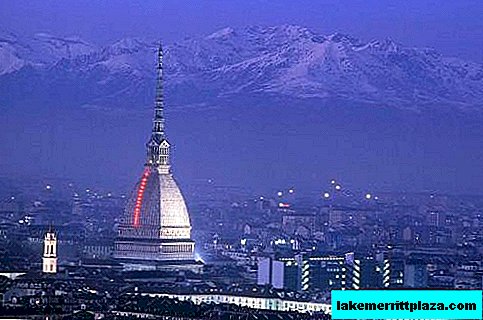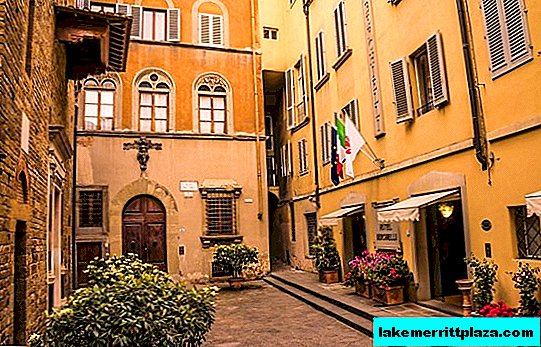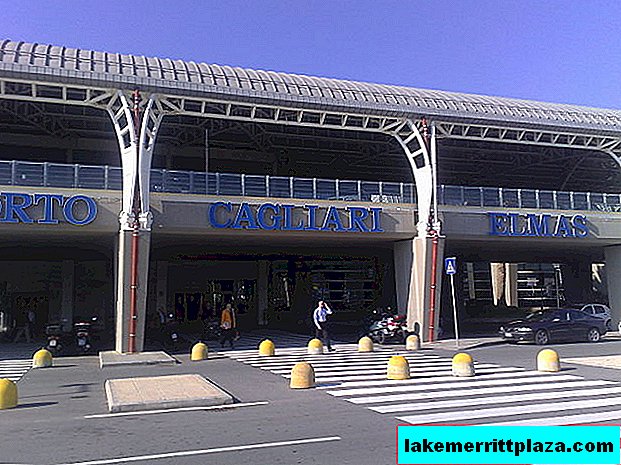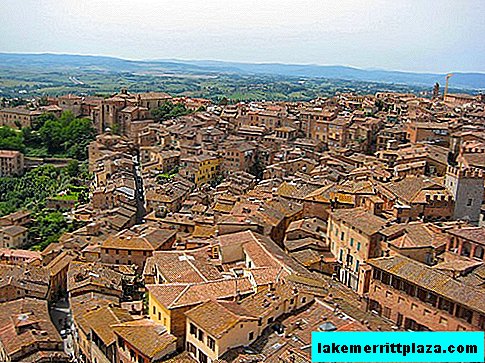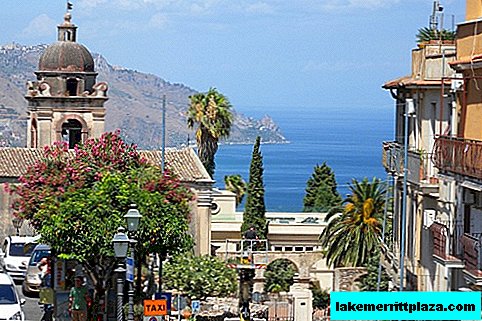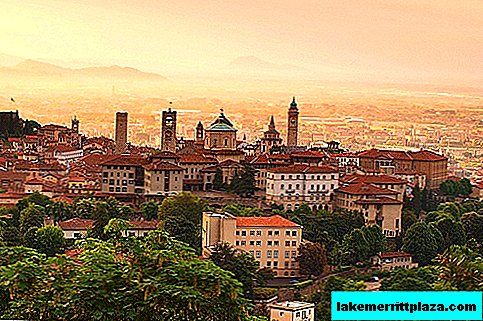Italian food is known all over the world, but many people do not know that every region and even city has its own special dishes. Florence (Firenze) - the capital of the Tuscany region (Toscana). Its traditional cuisine was greatly influenced by the historical events of the Middle Ages.
Another factor that undoubtedly affects the formation of the local menu is the fruits of Tuscan farming and farming, such as tomatoes, rosemary, porcini mushrooms, truffles, olives, eggplant, oregano, basil, as well as various types of meat, cheese and bread. The narrow streets of Florence are full of restaurants, pubs, cafes and trattorias, alluring with a huge list of dishes.
What to try in this sea of gastronomic abundance? The question that many visitors to the city ask. We would like to help you sort out typical Florentine cuisine. In the article we will talk about traditional dishes, without tasting which, the tourist is categorically contraindicated to leave the Tuscan capital.
Bread
The first thing to note is that by tradition, most often bread in Tuscany is baked without salt. Thus, in order to order bread familiar to your taste in Florence restaurants, you need to ask for "pane salato" (bread and salt).
Tuscan
Tuscan bread (Pane Toscano) - a product with a slightly sour taste of crumb, very soft and dense with a hard crisp.
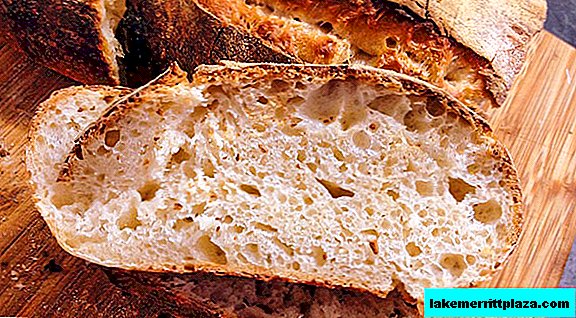
This texture is achieved by the fact that it is traditionally made without salt. It has a category of DOP, which indicates the high quality of the product. In its manufacture use only flour and sourdough (natural yeast).
The ordinary population was forced to do without their favorite food product. Thus was born the typical bread of Florence. Despite the fact that over time, access to salt appeared, Florentines still use recipes that exclude it. Italians love their traditions.
The price for a loaf weighing 250 g is about 0.8 Euro.
Schiachata
Schiacciata - a cake made in the oven.

Its name literally translates as “crushed”, because before baking it is crushed with fingers in some places, forming characteristic holes. Unlike Tuscan bread, this product is moderately salty and very fragrant. It is used for making sandwiches or is eaten before dinner as a snack. Price for 1 pc. (200 g) about 1.5 Euro.
- We recommend reading about: names and types of bread in Italy
Snacks
In restaurant terminology, snacks are denoted by the word starter, that is, the food with which the meal begins. In Florence, several types of dishes are considered classic starters.
Crostini
Crostini is the most famous Tuscan appetizer.
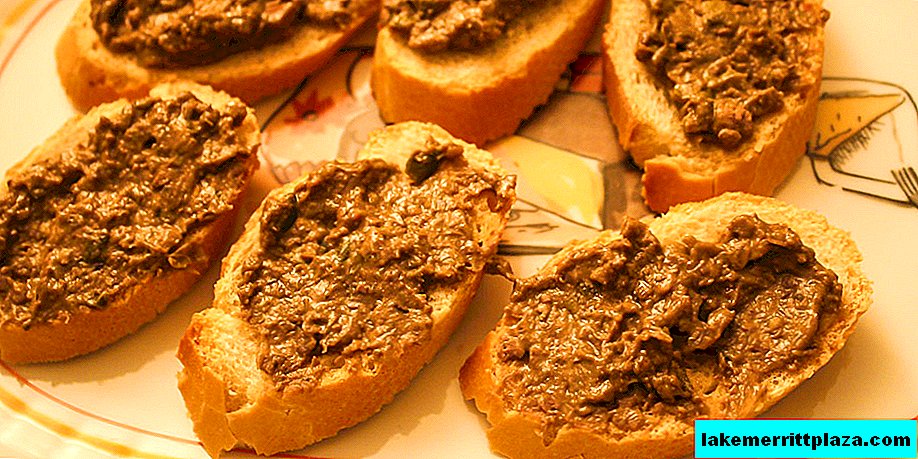
These are crunchy croutons of white bread. They are served simply by pouring olive oil, or with tomato and basil leaves, or with pastes from chicken liver, olives or mushrooms. A typical dish of peasant origin.
Do not pass crostini con lardo di colonnata - a sandwich with the thinnest slice of aromatic Tuscan fat. It is kept in bathtubs made of Carrara marble, shifting layers with various spices (pepper, cinnamon, cloves, coriander).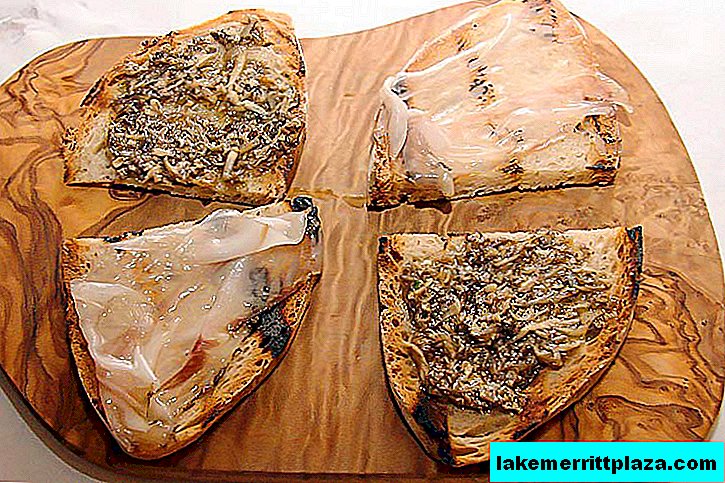
The price of toast is about 5 euros per pair.
Cutting
Tagliere - sliced cheese or sausage. There are different types of sliced plates.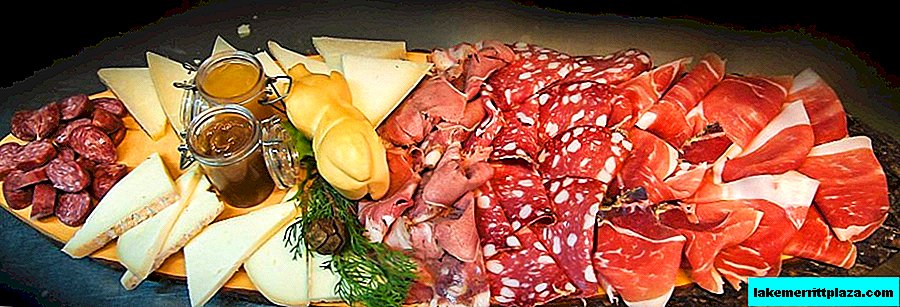
For example:
- Tagliere di formaggi - cheese sliced. In Florence, usually, it serves various types of pecorino (cheese made from sheep’s milk), which is accompanied by honey or fruit marmalade.
- Affettati misti - cold cuts. It offers a variety of varieties of cold meats. We recommend trying salmon from wild boar meat (cinghiale), salami with fennel seeds (larger grinding is called sbriciolona, finer grinding is finocchiona), Tuscan prosciutto.
- Pinzimonio - vegetable sliced. Fresh seasonal raw or slightly blanched vegetables are served with seasoned olive oil.
The price of a sliced dish depends on its composition and size - from 8 to 15 euros.
Kokkoli
Coccoli (Coccoli alla fiorentina) - deep-fried yeast balls served with soft fresh stracchino cheese and prosciutto.
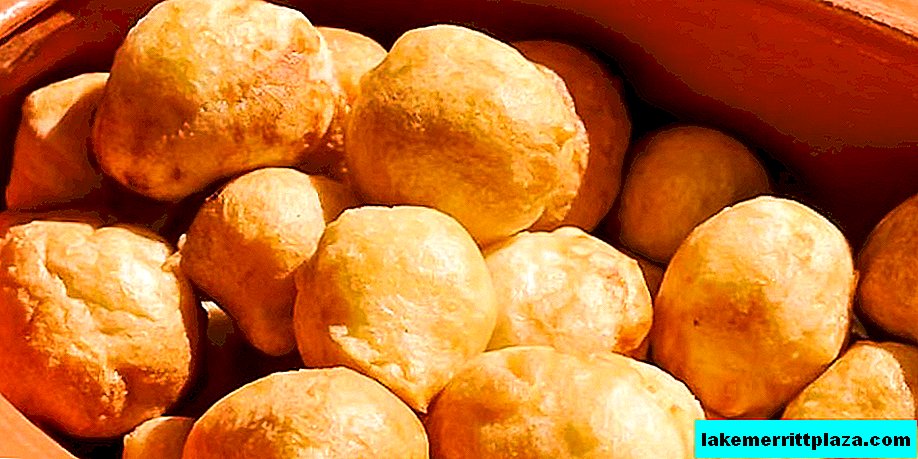
It is worth noting that fried dough is the prerogative of Tuscan cuisine, and almost every province has its own dishes. The estimated cost of a serving of coccoli with cheese and ham is 9 Euros.
First meal
Do you know the expression "To make bread and pasta a healthier meal, put them in the soup"? It accurately reflects Florentine traditions in the preparation of first courses.
Of course, Tuscan soups are not at all like ours, but the cultures of their serving are the same.
Just like us, Italians eat primo piatto soup, that is, between appetizer and main course. In the restaurant menu you will find such names: zuppa del contadino (farm soup with a variety of legumes), zuppa di farro (with pearl barley), cipollata tiepida (onion soup, which is especially popular on cold days) and, of course, pappa al pomodoro and ribollita - "stars" of Florentine feasts.
Pappa Al Pomodoro
Pappa al pomodoro (Pappa al pomodoro) - a thick tomato-bread soup, whose name literally translates as "pulp from a tomato."

His recipe was born thanks to the Tuscan poor who process stale bread in this way. Today it is usually made with fresh tomatoes, bread, olive oil, garlic, basil. There are two versions of cooking soup. One at a time crackers are put in the process, so the dish has a more delicate, loose texture. On the other hand, the loaf is put in a dish at the very end, receiving bread slices that are clearly felt in the total mass. Serve hot, room temperature or chilled. The estimated cost of a serving of soup is 6-8 Euro.
Ribollita
Ribollita (Ribollita) - Florentine cabbage and bean stew with bread. The discoverer of the recipe is a poor peasant who warmed together the remnants of minestrone and vegetable soup.
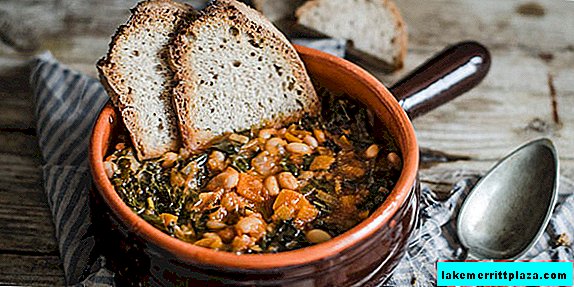
Ribollita becomes more delicious after each warming up. Hence the name of the dish, which literally translates as "re-boiling." It is based on various types of cabbage, beans, stale bread and inexpensive vegetables such as carrots, celery, potatoes and onions.
In Italy, ribollita is considered a winter soup, as its main ingredient (cabbage) grows in the winter. Traditionally, the stew is boiled in a wood-burning stove in an earthenware pot. The cost of a portion is 10-13 Euros.
Paste
Having been a little in Italy, you understand that Italians never eat pasta with the main course. Most often, it is served as a first meal.
Tagliatelle
The most common type of pasta in Florence is tagliatelle.

These are thin and flat pasta. They can be of different lengths. Usually they are served with a sauce of porcini mushrooms (Tagliatelle Funghi Porcini) - the average price is 8-10 Euros, or with shavings of Tuscan truffles (Tagliatelle Tartufo) - the cost is about 15-18 Euros.
Papardelle with boar stew
Another Tuscan favorite dish is papardelle with wild boar stew (Pappardelle al Cinghiale) - noodles that resemble tagliatelle, but are much wider (more than 13 mm).
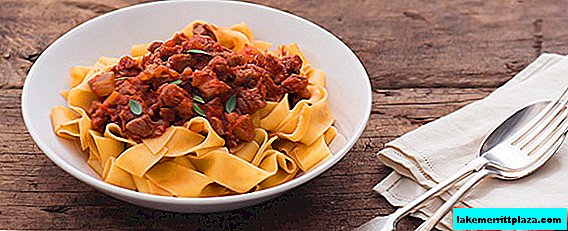
Previously, wild boar meat was traditionally used; today, for these purposes, animals are raised on a farm, but on a free range. Boar meat has a rich taste texture and gives the dish a luxurious aroma. At your choice, the stew sauce can be made from wild hare or goose fillet. The price of a serving of papadrell with stew is about 10 Euro.
Tortelli di Mugello
Be sure to try Tortelli di Mugello (Tortelli di Mugello) - squares of pasta stuffed with a filling of potatoes, cheese and herbs.
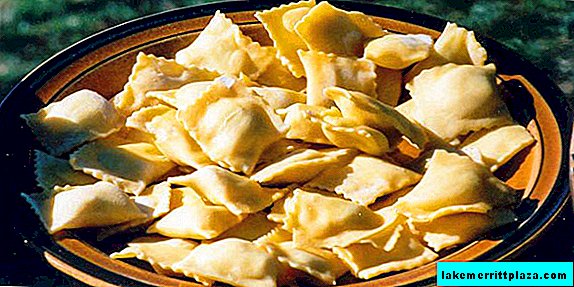
Almost every restaurant has its own signature recipe for potato tortelli. They are served with tomato sauce, or sauce from veal or wild boar meat, in the autumn, seasoned with porcini mushrooms.
Although ravioli nudi (ravioli gnudi) is not at all like pasta, Italians attribute them to pasta. This dish resembles our lazy dumplings, only spinach, ricotta and various spices are mixed with flour and eggs.
- You will be interested to read about: types of Italian pasta
Panzanella Salad
In summer, at the height of the heat, instead of pasta, Florentines prefer a less high-calorie dish - Panzanella.

This is a Tuscan vegetable salad made from stale white bread, tomatoes, celery and onions, seasoned with olive oil and vinegar.
The simplicity of Panzanella cooking, combined with incredible taste, at one time prompted the Italian poet Giovanni Boccaccio and painter Agnolo Bronzino to mention it in his works.
Side dishes
Florentines adore legumes. Therefore, they are most often used as a side dish.
Fajoli
Fagiuoli (Fagioli) all'uccelletto - beans with tomato sauce and fragrant sage. Sometimes the tomatoes in the recipe are replaced with bell pepper and season the dish with garlic. You can meet fajoli with the addition of meat. Believe me, it is very tasty in all interpretations!
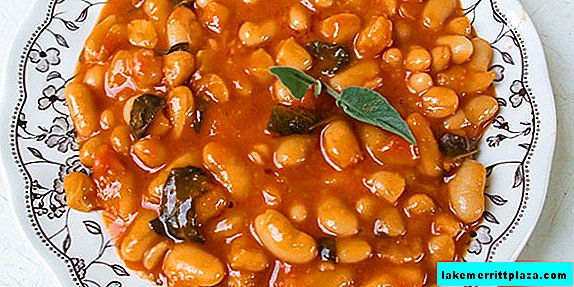
Pizelli alla fiorentina
You can not pass by Piselli alla fiorentina (Piselli alla fiorentina).
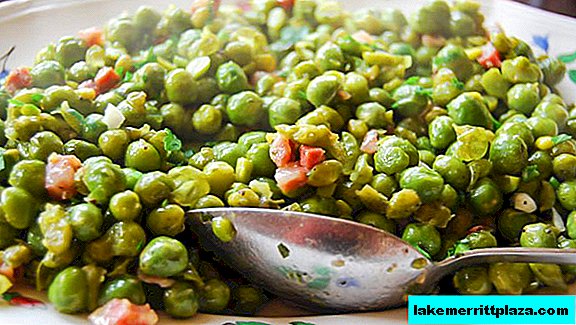
This is green peas, cooked with a clove of fragrant garlic, fresh parsley, dried pancetta (cured bacon). Before serving, sprinkle it with a small amount of olive oil.
Among the Tuscan favorites, an artichoke occupies an honorable place. In restaurant menus you will find it in raw, fried, canned form, with pasta, rice and in many other combinations.
Second courses
Florence is a paradise for meat eaters. In addition to the "star" of the local cuisine of the Florentine steak (la bistecca fiorentina), you must definitely try some more popular dishes.
Peposo
Peposo di Impruneta (Peposo di Impruneta) - the invention of local potters and a favorite dish of builders who erected the dome of Brunelleschi.
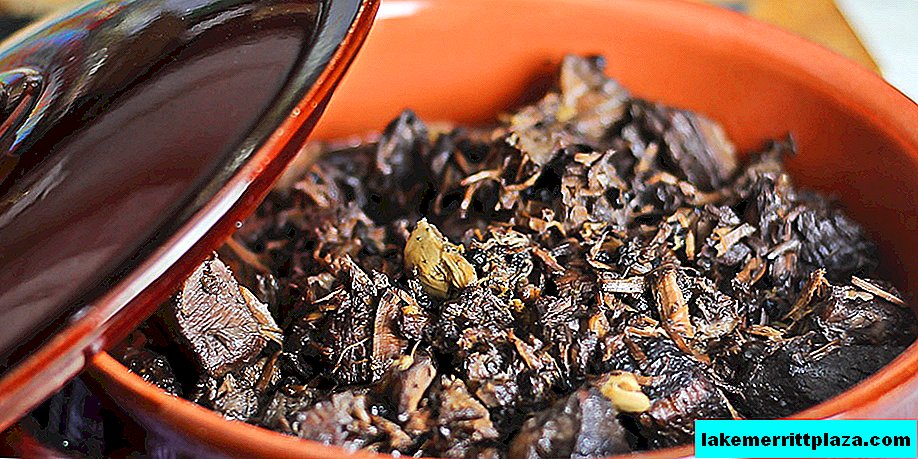
Slices of beef are stewed for about 5 hours in Chianti red wine sauce, which is added with garlic, fragrant rosemary, sage and a large amount of black pepper (hence the name peposo, that is, “with pepper”). For a well-prepared peposo, get ready to pay about 15-18 euros.
Carne in umido
If you like rich, fatty dishes, then opt for carne in umido.
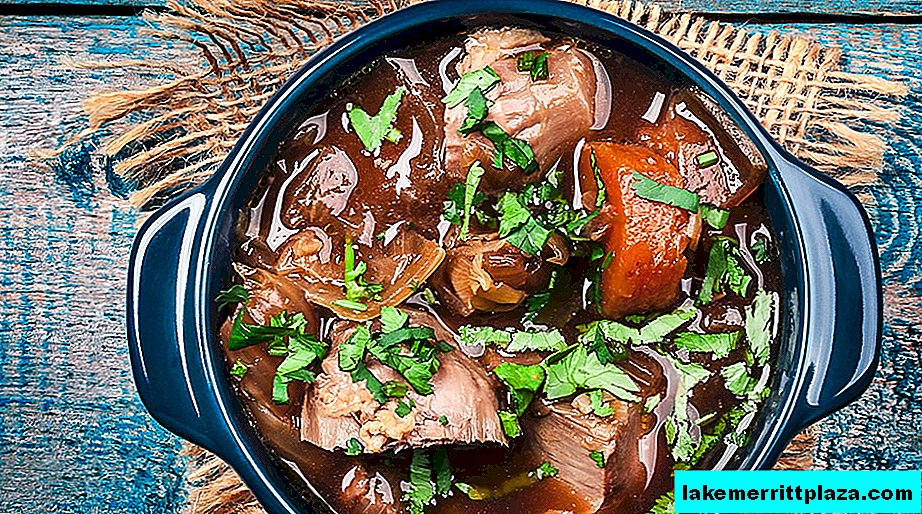
Pieces of pork, beef or game with layers of fat are pre-marinated in wine, milk or water with tomatoes. Then they are fried for about 5 minutes and stewed in a sauce with vegetables (carrots, onions, celery) and seasonings.
Trippa and lampredotto
Daredevils can try trippa alla Fiorentina (Trippa alla Fiorentina) - perhaps the most famous offal dish in the world.
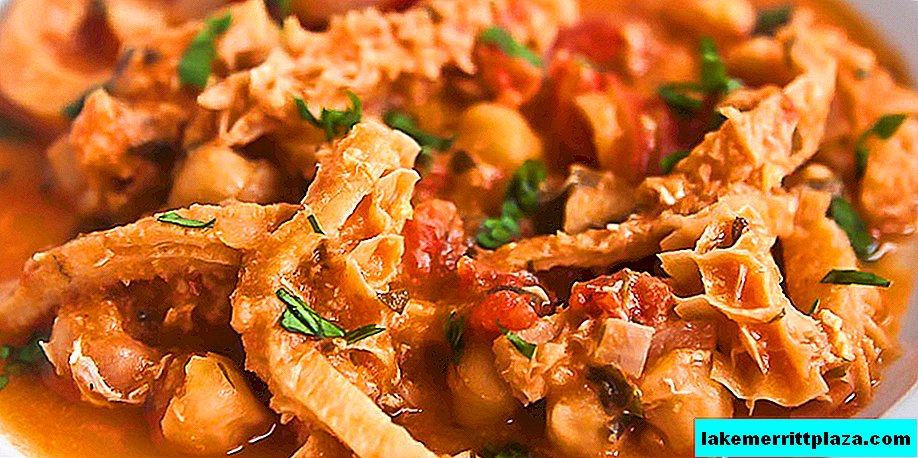
This is a cow’s stomach, free of fat and cooked in a sauce of tomatoes, celery, carrots and garlic, seasoned with aromatic herbs.
While the trip is made from the entire cow’s stomach, only the abomasum (fourth section) is taken to make the lampredotto (Lampredotto). It is cooked in vegetable broth and seasoned with herbs. It is usually served as a sandwich in a bun. Panino con il lampredotto is a typical Florentine street food. Its cost ranges from 5-6 Euros.
Bakkala alla fiorentina
In a landlocked city like Florence, it is hard to imagine that fish dishes can be traditional. Bakkala - salted cod, appeared here due to the exchange of silk, wool and other materials with the northern countries. In order not to send the boats back empty, they were loaded with salt cod. Baccala alla fiorentina is a piquant combination of fish, tomatoes, onions and rosemary. Served with toasted bread.
Dessert
Even after ten dishes in the stomach there is always a place for dessert. And the Tuscan capital is undoubtedly ready to please everyone with its sweets.
Cantucci
Speaking of classic desserts in Florence, one cannot fail to say about cantucci.
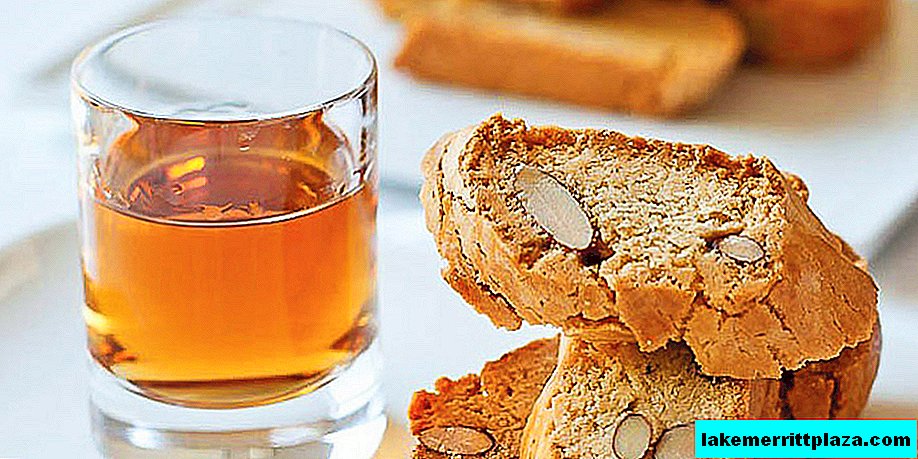
These small macaroons can be found in any cafe or bar. They are served with a stack of sweet amber-colored Vin Santo liquor. Rusks are dipped in a drink until softened and enjoy the taste. The cost of such a dessert is about 10 Euro.
Zuppa Ingles
Another common Florentine dessert is zuppa inglese.
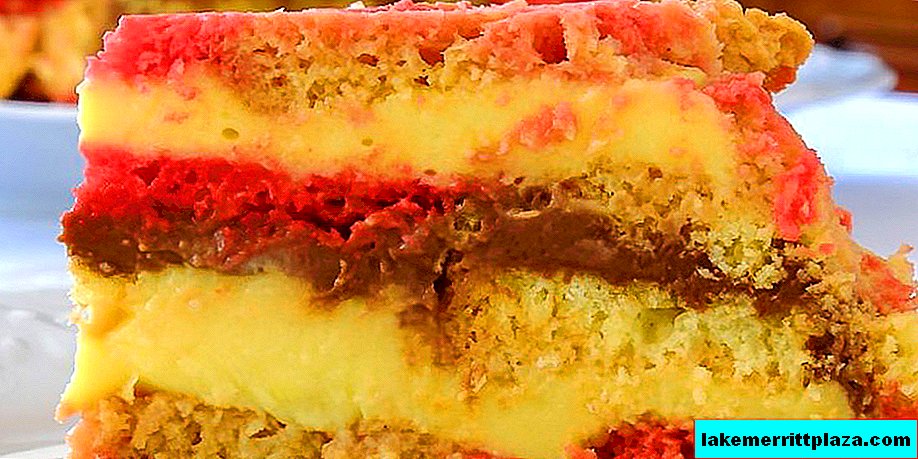
Legend has it that a very thrifty cook lived in an English house near Florence. After drinking tea, he did not want to throw out the rest of the cookies, so he smeared them with a liquid custard and served for dessert. Today, in restaurants, Biscotti is pre-moistened with red liqueur Alchermes (Alchermes). Then layered with custard and garnished with almond crumbs or chocolate chips. The price for a serving of zuppa ingles is approximately 15 Euro.
Schiachata Fiorentina
Lovers of delicate desserts will appreciate Schiacciata Fiorentina. Although its name reminds us of salted bread, in fact it is a typical Florentine cake. Traditionally, it is prepared only during carnival holidays. But in the menu of restaurants and cafes you can find it almost all year round due to its great popularity. It is a milk biscuit, often with a layer of whipped cream or vanilla pudding (crema pasticcera).
Schiacciata fiorentina is usually prepared in a rectangular shape and sprinkled with icing sugar, making a drawing of the Florentine lily (the coat of arms of the city) on top. The average cost of such a dessert without a layer is 15 Euros, with a filling - 24 Euros.
Crostata Crostata
In the dessert menu, Crostata is often offered - this is an open pie with fruit, berry, cottage cheese, chocolate and other toppings. A piece of this baking costs from 3 to 5 Euros.

Florentine cake
And, of course, the eternal classic - Torta della Nonna - the most delicate, melting Florentine cake in your mouth.

Its name translates as "grandma’s pie." This pastry with custard, lemon zest and pine nuts is a real treat! The price of the dish will also please you - about 15 Euro per 1 kg.
Here is a "motley" meal can be made up of traditional Florentine dishes. We do not recommend trying everything in one place. It is no secret that some restaurants specialize more in meat, others, for example, in desserts. And only a good guide, like an accurate compass, can lead a tourist to the desired goal.



